False julii cory - Corydoras trilineatus
Scientific name: Corydoras trilineatus
Common name: False julii cory
Family: Callichthyidae
Usual size in fish tanks: 5 - 6 cm (1.97 - 2.36 inch)
014
Recommended pH range: 6 - 8
Recommended water hardness: 4 - 18°N (71.43 - 321.43ppm)
0°C 32°F30°C 86°F
Recommended temperature range: 22 - 26 °C (71.6 - 78.8°F)
The way how these fish reproduce: Spawning
Where the species comes from: South America
Temperament to its own species: peaceful
Temperament toward other fish species: peaceful
Usual place in the tank: Bottom levels
Food and Feeding
False Julii Corys (Corydoras trilineatus) are omnivorous and require a balanced, varied diet to maintain their health and vibrant appearance. Their staple diet should consist of high-quality sinking pellets or wafers designed for bottom-dwelling species. Additionally, supplement their meals with algae wafers to ensure they receive plant-based nutrients. To keep them in top condition, offer them occasional treats of protein-rich live or frozen foods, such as bloodworms or brine shrimp, once or twice a week. This not only provides essential variety but also mimics the types of food they would naturally forage for in the wild.
Origin
Native to the freshwater rivers and streams of South America, False Julii Corys are commonly found in the waterways of Colombia, Peru, and Brazil. They inhabit slow-moving, well-oxygenated rivers and tributaries with soft, sandy substrates, often surrounded by dense aquatic vegetation. Their natural habitat is usually shaded by overhanging plants and trees, providing shelter and reducing direct sunlight exposure.
Sexing
Sexing False Julii Corys can be somewhat tricky, but adult females are typically larger and have a rounder, more robust body compared to the males. Males tend to be slimmer, especially when viewed from above. These subtle differences become more noticeable as the fish reach maturity, especially during the breeding season when the females may become more visibly plump due to egg development.
Breeding
Breeding Corydoras trilineatus can be relatively easy with the right conditions. This species is capable of spawning either in pairs or in groups, which makes them ideal for community tanks with other Corydoras species. To trigger spawning, perform a large water change using slightly cooler water, which simulates the conditions of the rainy season in their natural habitat. Females can lay up to 100 adhesive eggs, which are usually attached to plants, tank glass, or decorations. The eggs will hatch within 4-5 days, depending on the temperature of the tank. Once the fry are free-swimming, they can be fed on newly hatched brine shrimp or Infusoria. Ensuring that the water quality is excellent is critical for the survival of the fry.
Lifespan
With proper care, False Julii Corys can live for up to 5 years in captivity. However, their longevity is closely tied to the quality of the environment they are kept in. Regular maintenance of water parameters, a healthy diet, and a stress-free environment are essential for their full lifespan.
Short Description
False Julii Corys are peaceful, social fish that thrive in groups of at least five individuals. Like all Corydoras, they are highly active bottom dwellers, constantly foraging for food. Due to their social nature, they should never be kept alone as they can become shy and stressed without the companionship of others. A well-planted aquarium with plenty of hiding places, such as driftwood, caves, or dense vegetation, will make them feel secure. At the same time, open swimming space is essential to allow them to explore the tank freely. A soft, sandy substrate is crucial for these fish to prevent damage to their sensitive barbels as they sift through the substrate for food.
Pictures
Bought by aqua-fish.net from jjphoto.dk.
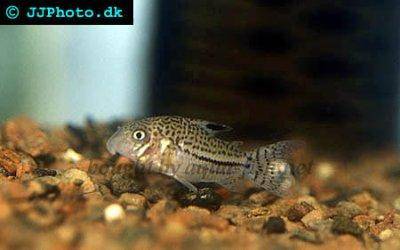





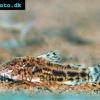 Aspidoras
Aspidoras 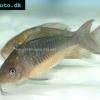 Giant
Giant 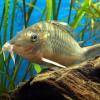 Hognosed
Hognosed 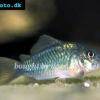 Emerald
Emerald 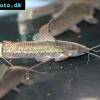 Cascarudo
Cascarudo 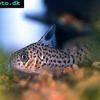 Acre
Acre 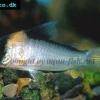 Adolfo’s
Adolfo’s 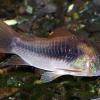 Bronze
Bronze 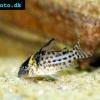 Agassizii’s
Agassizii’s 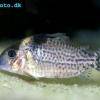 Spotted
Spotted 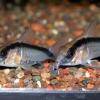 Skunk
Skunk 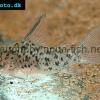 Corydoras
Corydoras 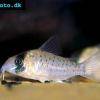 Fairy
Fairy 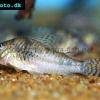 Corydoras
Corydoras 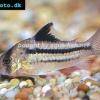 Pink
Pink 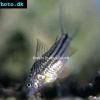 San
San 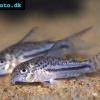 Bond’s
Bond’s  Spotted
Spotted 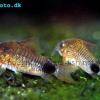 Tailspot
Tailspot 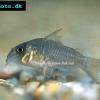 Concolor
Concolor 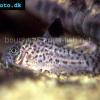 Cope’s
Cope’s 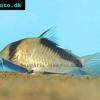 Sand’s
Sand’s 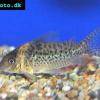 False
False 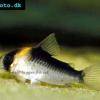 False
False 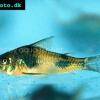 Ehrhardt’s
Ehrhardt’s 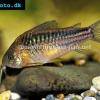 Elegant
Elegant 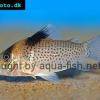 Saddle
Saddle 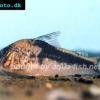 Fowler’s
Fowler’s 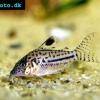 Gomezi
Gomezi 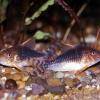 Palespotted
Palespotted 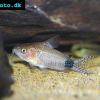 Guapore
Guapore 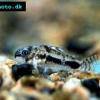 Dainty
Dainty 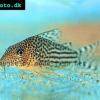 Mosaic
Mosaic 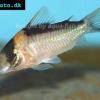 Imitator
Imitator 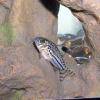 Julii
Julii 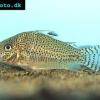 Leopard
Leopard 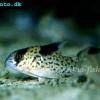 Black
Black 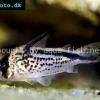 Slant-bar
Slant-bar 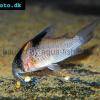 Bluespotted
Bluespotted 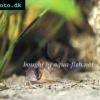 False
False 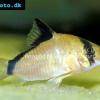 Bandit
Bandit 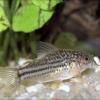 Mini
Mini 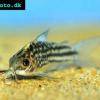 Napo
Napo 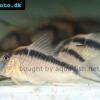 Corydoras
Corydoras 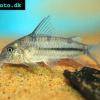 Blue
Blue 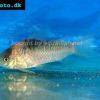 Nijssen’s
Nijssen’s 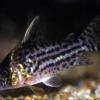 Ornate
Ornate 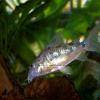 Peppered
Peppered 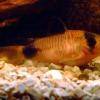 Panda
Panda 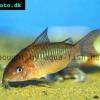 Albertini
Albertini 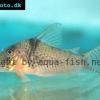 Pastaza
Pastaza 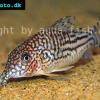 Corydoras
Corydoras 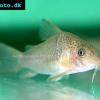 Many-spotted
Many-spotted 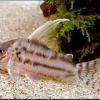 Pretty
Pretty 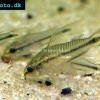 Dwarf
Dwarf 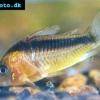 Iridescent
Iridescent 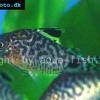 Reticulated
Reticulated 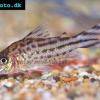 Bannertail
Bannertail 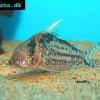 Robust
Robust 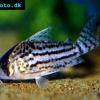 Schwartz’s
Schwartz’s 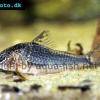 Black
Black 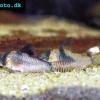 Longnosed
Longnosed 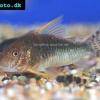 Seuss’
Seuss’ 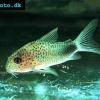 Smudge
Smudge 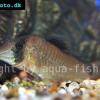 Masquerade
Masquerade 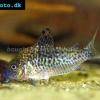 False
False 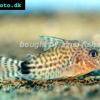 Millenium
Millenium 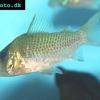 Pinkthroat
Pinkthroat 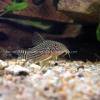 Sterba’s
Sterba’s 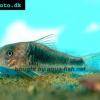 Longsnout
Longsnout 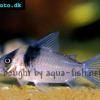 Miguelito
Miguelito 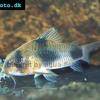 Twosaddle
Twosaddle 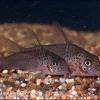 Xingu
Xingu 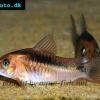 Black
Black 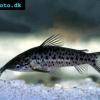 Porthole
Porthole 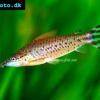 Flagtail
Flagtail 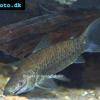 Brown
Brown 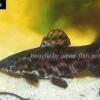 Spotted
Spotted